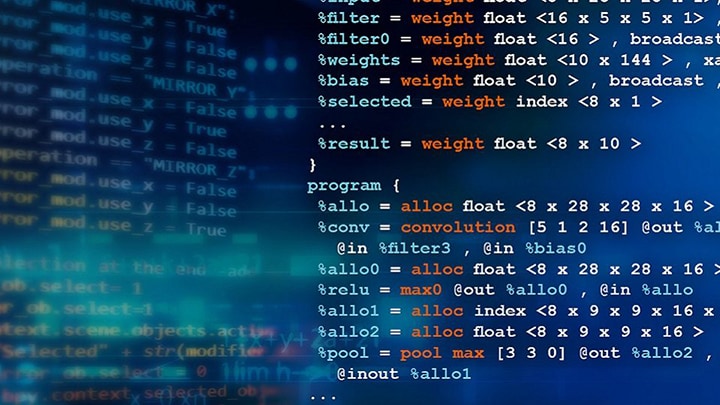There are wide and varied applications for machine learning; however, few are
as compelling as those in public safety. Recently, I worked with the team from
Arcturus who have been working on methods to provide operational insights and
improve public safety for smart public transportation systems during NXP
Connects in Santa Clara.
The application that Arcturus focuses on processes video from a security
camera on a subway platform and looks for three conditions;
- how crowded the platform is
- how close to the platform’s edge people are standing
- if there are any abandoned packages or luggage

If one of these conditions are met, the system immediately provides a
notification or performs a local, real-time action—such as shutting
down track power. The real-time response really illustrates the power that
machine learning has to transform a task that would typically be left to human
observation to turn it into active detection.
Built with i.MX 8M Mini
To build the system, Arcturus chose NXP’s quad core
i.MX 8M Mini
applications processor combined with ArmNN to run their neural network
detection algorithm at the edge. For a public safety system like this one,
edge processing improves response time and reliability by eliminating the need
to ship pixel data from each camera across the network and up to the cloud.
The table below describes the efficiency Arcturus was able to achieve using
Arm NN, when compared to their existing pipeline deployed with
OpenCV—the performance improvement allowed them to run their detection
natively on the four Arm® A53 cores in the i.MX8M Mini, without the need
for specialized ML hardware or even a GPU.

Supported by eIQ Software Development Tool
To help Arcturus port their application from OpenCV to the i.MX 8M Mini, we
let them loose on a pre-production version of our eIQ machine learning
software development tool. It’s important to note that eIQ also
supports OpenCV for machine learning, but we’ll typically recommend
using Arm NN for performance and efficiency reasons. Using eIQ software helped
them rapidly deploy their application in days, rather than weeks without any
direct support from us. From our perspective, this project offered a good
exercise to ensure that eIQ machine learning development environment could
deliver on the promise of a smooth transition from desktop-to-embedded
application and that it offers users full advantage of the processing
available in the i.MX 8M Mini device.
We’re excited to see what Arcturus has forthcoming. They have work
underway to apply ML techniques that use clothing characteristics and
reidentification methods to actively locate people. Therefore, losing your
child at the mall may just become a thing of the past! If you need more
information, contact them at
ArcturusNetworks.
For more information on eIQ and i.MX8M Mini






